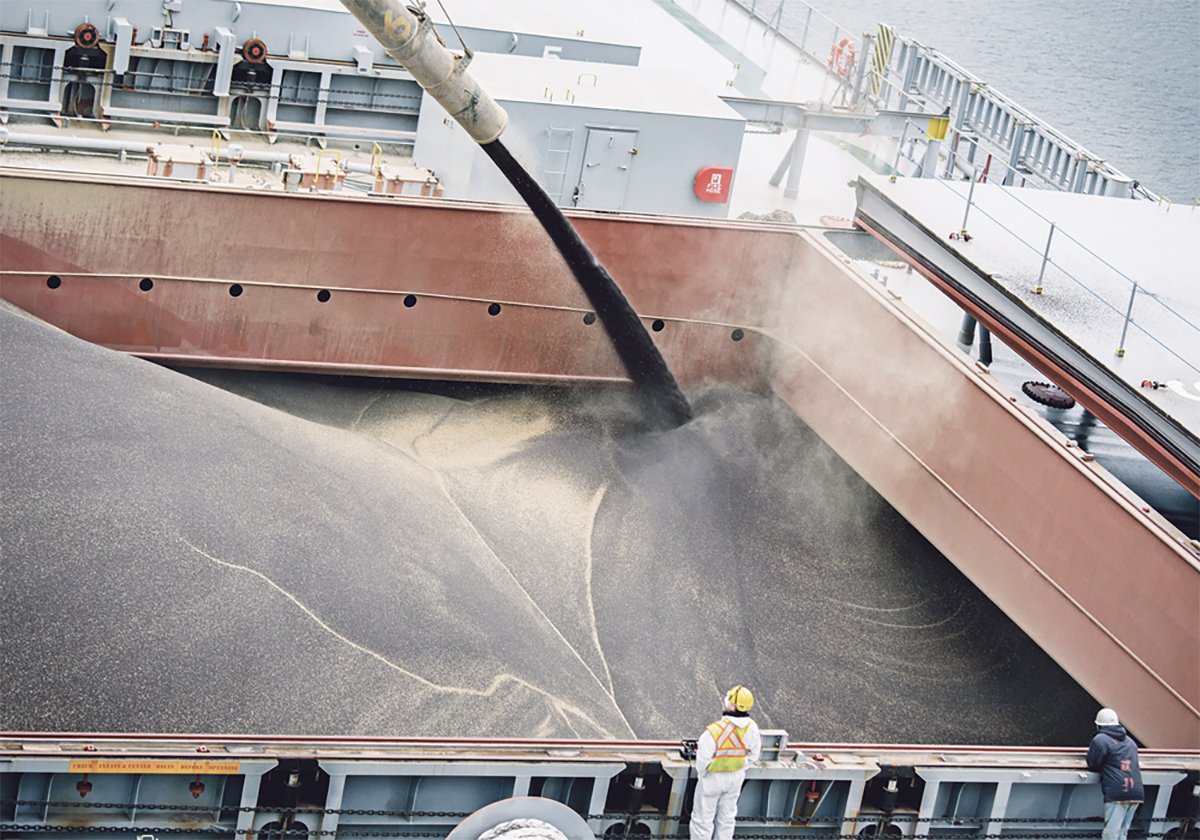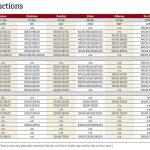SASKATOON — The world’s top wheat buyer is purchasing a lot less of the product this year.
The U.S. Department of Agriculture is forecasting that China will import eight million tonnes of the commodity in 2024-25, down from 13.64 million tonnes the previous year.
The 41 percent drop would knock China from the top spot to the world’s fifth largest importer behind Egypt, Indonesia, the European Union and Algeria.
Read Also

Exports off to a slow start after last year’s torrid pace
Canadian grain, oilseed and pulse exports are off to a slow start, but there are some bright spots, according to the Canadian Grain Commission’s most recent weekly export data report.
China is Canada’s largest wheat customer, purchasing 3.1 million tonnes of bulk wheat in 2023-24, according to Canadian Grain Commission statistics.
Sales are way down in 2024-25. The Asian giant purchased 233,400 tonnes of Canadian wheat through the first five months of the year compared to 1.26 million tonnes for the same period a year ago.
However, Canada is still managing to export the crop at a near-record pace, said MarketsFarm analyst Bruce Burnett.
That is due to strong sales programs to other markets such as Indonesia, Japan and Colombia.
Burnett thinks sales to China are down because the country produced a big crop of its own and quality was good this year. He also believes it has something to do with China’s slumping economy.
Rhett Montgomery, DTN’s lead analyst, said there is a lot of uncertainty surrounding the world wheat market heading into the second half of the 2024-25 marketing campaign.
Russia is implementing a wheat export quota of 10.6. million tonnes for the period of Feb. 15 to June 30.
“That’s drastically below last year’s level,” he said during a recent webinar discussing the USDA’s latest World Agricultural Supply and Demand Estimates report.
The previous year’s quota was 28 million tonnes.
“Someone is going to have to step in, I think, and fill that gap,” said Montgomery.
He believes the most logical candidates are Australia, Argentina and the United States. Freight rates favour Argentina and Australia to Southeast Asian destinations such as Indonesia.
U.S. wheat shipments are running 23 percent above last year’s pace due to brisk early-season sales.
However, sales are slowing down. Export commitments as of Jan. 30 were only eight percent above the same time a year ago.
Montgomery said there is still time to find the sales needed to meet the USDA’s 850-million-bushel export target, which is 20 per cent higher than the previous year’s total.
Arlan Suderman, chief commodities economist with StoneX, believes there will be improved export demand for U.S. wheat in the March through August period due to tight supplies in the Black Sea and the European Union.
He noted that the ending stocks-to-use ratio for the major exporters, excluding the U.S., is expected to be around 10 per cent, which is the lowest level in decades.
“That’s pretty snug,” Suderman said during his WASDE webinar.
He believes that should create some pricing opportunities during the fourth quarter of 2024-25 and the first quarter of 2025-26.
Burnett isn’t sure about that. He said Russia’s export quotas were well telegraphed, and that information is already factored into prices.
He thinks it will be tough to move wheat prices higher based on Russia’s lack of participation.
The market appears to be shifting its focus to new crop. Wheat prices are likely to remain stagnant unless there are weather problems in North America, the Black Sea or the EU.
Contact sean.pratt@producer.com


















